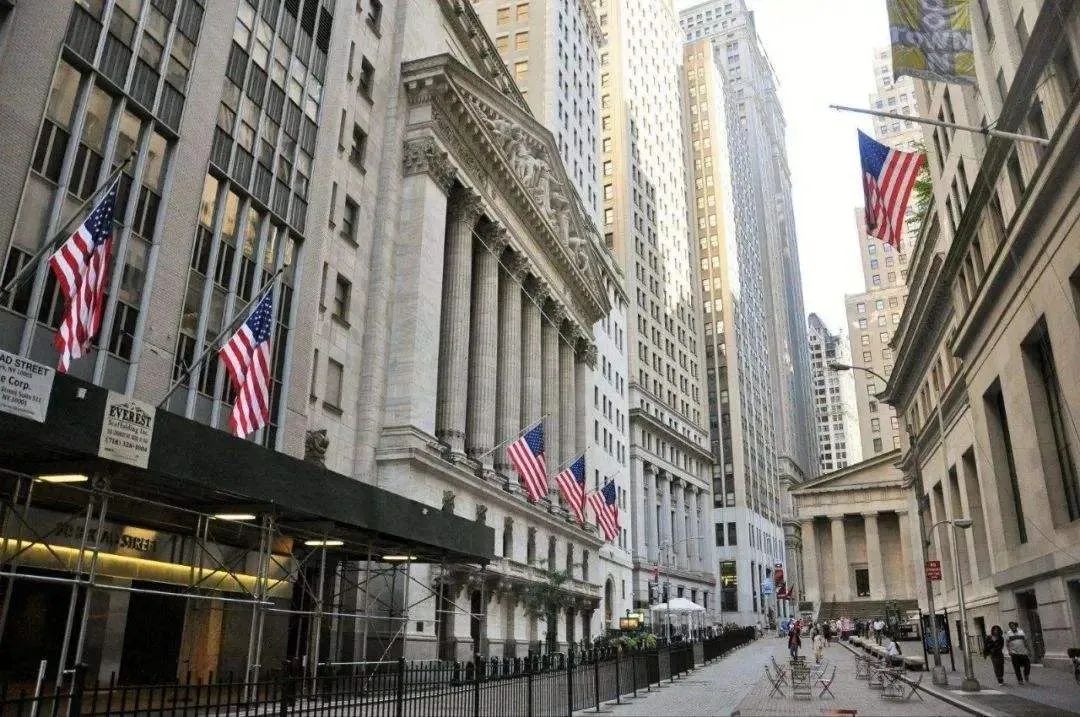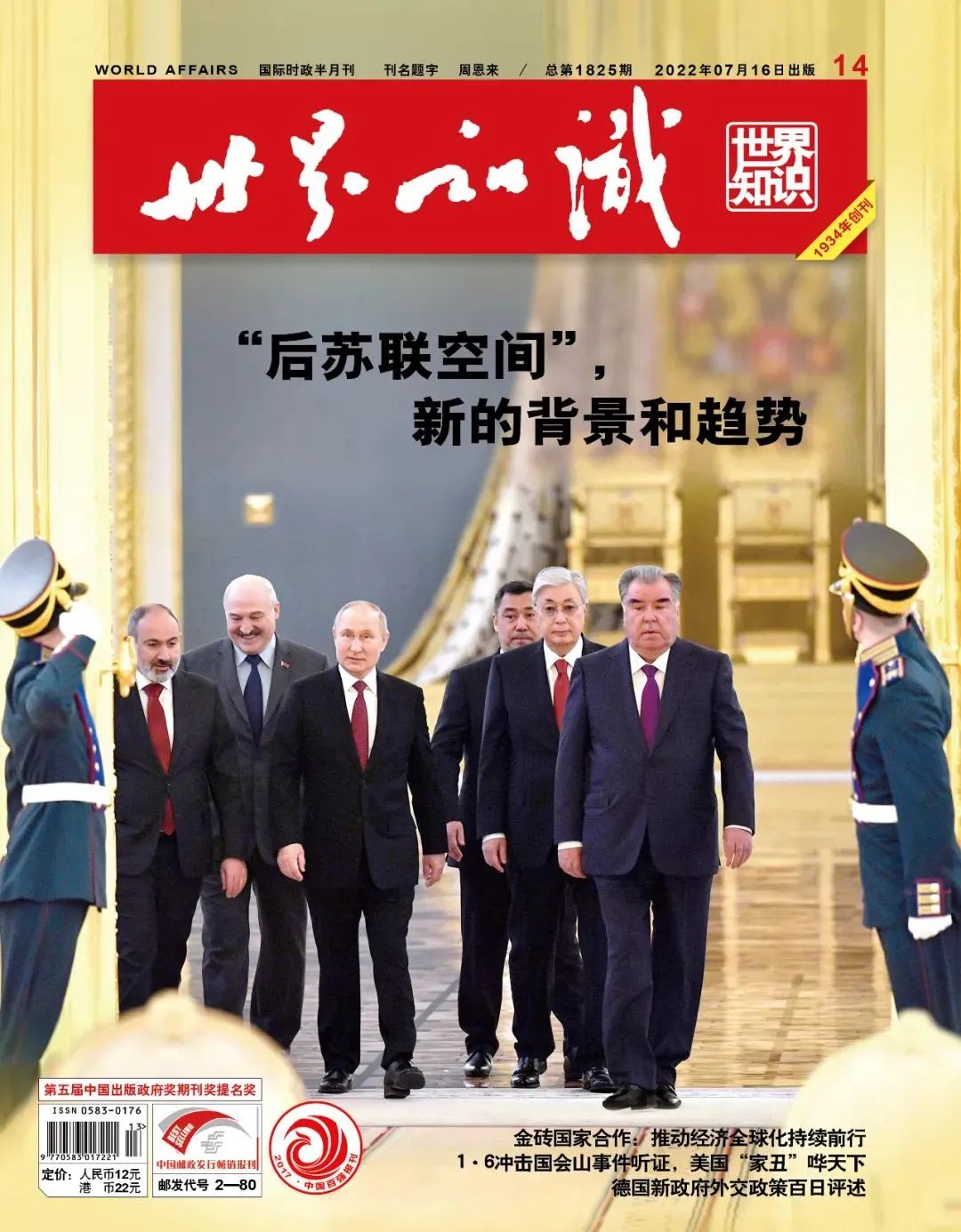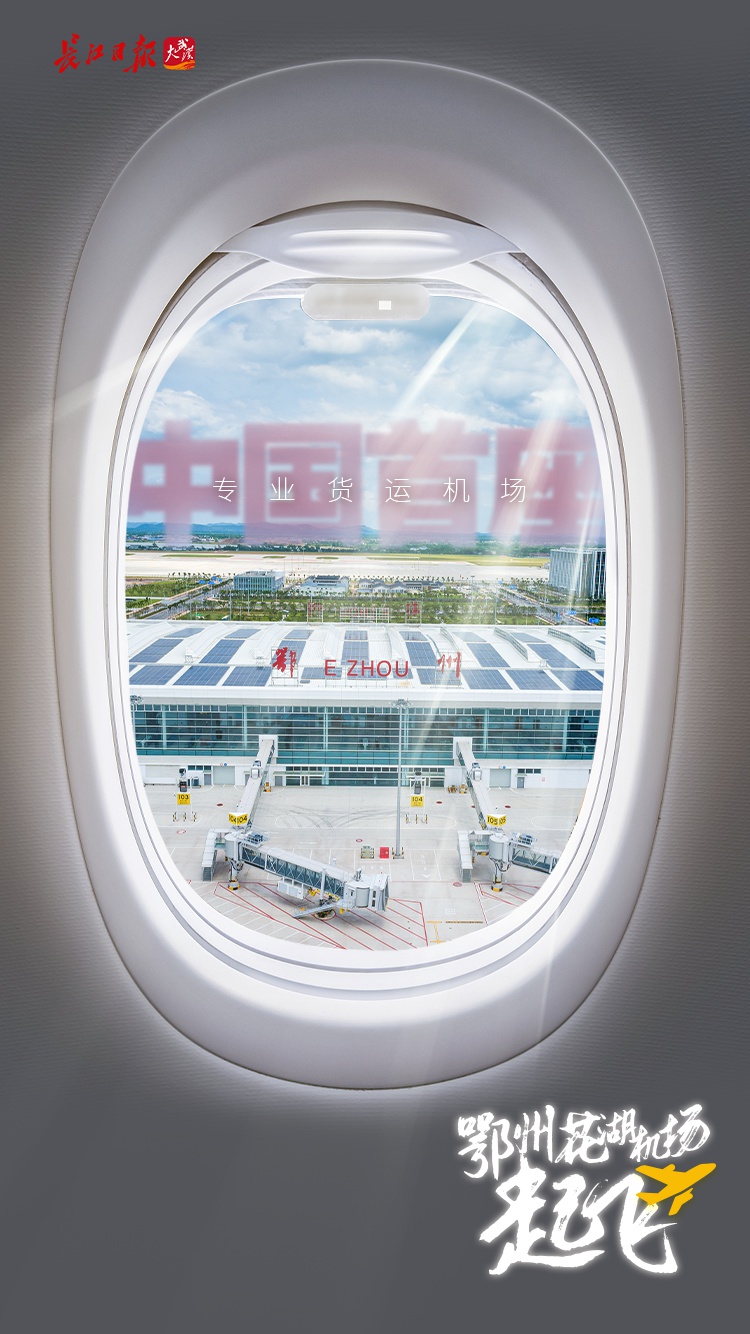[World Knowledge] Zhong Feiteng: Can the new industrial policy help the United States to win?
Author:Knowledge Society Time:2022.07.22
In recent years, the United States has been working hard to revive the industrial policy of the United States to cope with the rise of China in the 21st century. It is in this context that the US New Security Research Center (CNAS) has launched a series of reports hosted by the director of the center technology and national security research project and former CIA official Martin Rose- "National Industrial Policy Strategy". At the beginning of June this year, Martin Rose released the latest report- "Restart: The Framework of the United States' New Industry Policy". In this report, Rose explained what is the new industrial policy of the United States, why the United States needs a new type of industrial policy, and how the United States should formulate a new type of industrial policy to deal with China's challenges. The main innovation of the report is to build a new industrial policy framework consisting of six different but interconnected actions.
It should be noted that Rose is a policy adviser when Bayeng was running for president, and the US New Security Research Center was an important think tank during the Obama administration. Therefore, this series of reports may have an impact on the Biden government. In addition, the think tank where Rasser is located, the New Security Research Center of the United States, is one of the four think tank members of the "Sifang Technology Network" led by the Australian government. The two -track dialogue of the problem, and Rose is the main representative of the United States.

In the eyes of many Americans, the United States is still the most powerful country in the world. The picture shows Wall Street, USA.
The main content of the new industry policy framework
First, the U.S. government should clearly issue a battle number to explain the vision and goals of the US economic competitiveness and technology leading position. This desire needs to ensure the status of the United States as the world's first power, and can clearly explain how economic security promotes national security. Taking the strategic vision of the President Kennedy President's Lunar Men as an example, Rhaser has criticized the current US government's lack of strategic goals in solving the chip shortage and rare earth supply chain crisis. The report believes that American decision makers need to explain to the public which technical fields should be given priority to formulate relevant policies; explicitly guide the United States to maintain a leading position, in which aspects need to be chased, and how to participate in international affairs, and how to participate in international affairs Essence
Second, analyze the successful cases of industrial policy implementation. In order to measure the effectiveness of industrial policies, U.S. decision makers need to continue to monitor and evaluate investment and processes related to technical strategies and industrial policies, including research and development expenditure needs, labor problems, educational needs, innovation obstacles, infrastructure shortages, supply chain constraints and countermeasures Foreign dependence, etc.
Third, optimize the relationship between the government and the industry. Lasser believes that public -private partnerships must become the core feature of new American industrial policies. He cited the semiconductor manufacturing technology alliance established in 1987, consisting of the US government and 14 US semiconductor companies. This alliance defeated Japan's challenge and led the revival of the US semiconductor industry. At present, the US Department of Defense Senior Research Planning Bureau and the Semiconductor Research Company are jointly promoting a new project focusing on 6G -Microelectronics Research Center. Lasser believes that as long as the US government's fiscal resources and goals are combined with the world -class capabilities of industrial circles, American universities and scientific research institutions, the United States can have a strategic advantage that the United States is difficult to reach.
Fourth, set up new institutions. In order to optimize the government and industry relations, US President appoints a deputy assistant assistant to the national security affairs of the technical competition and reports directly to the president's national security affairs assistant, director of the National Economic Commission, and director of the Science and Technology Policy Office. Rose also suggested that the legislative departments should be invited to participate so that the government can be authorized to allow relevant departments to form a joint working group to formulate, implement, supervise and maintain new industrial policies.
Fifth, accept and reduce risk. The report suggested that the US government and Congress should re -adjust the regulatory policies to support the implementation of more flexible industries and technical policies. Rathe said that scientific and technological progress stems from high -risk and high returns research, and it is impossible to immediately generate returns as soon as you invest. When more, the US government should have a greater tolerance for failure when participating in industrial and academic investment.
Sixth, enhance US scientific and technological diplomatic capabilities. The report believes that the economic strength of the "democratic" country headed by the United States still dominates. As long as the United States can win these allies and strengthen cooperation in the fields of research and development investment, standard formulation, and supply chain elasticity to jointly formulate rules to enhance the United States to enhance the United States And the economic competitiveness and national interests of its allies.

Challenge
The new industry policy framework proposed by Roser is mainly targeted at China. Laser said in the beginning of the prelude that China is a competitor different from the Soviet Union. The United States has aimed at the Soviet Union during the Cold War -decouteting with the Soviet Union with other parts of the world, so it cannot benefit from the global economic system - Applying to China is because China is a global economy, technology and military power that is fully integrated into globalization.
In the report, Rose strictly distinguished the industrial policy in the 1980s and the new generation of industrial policies. According to the definition of the article "Restart", the industrial policy of the United States in the 1980s was equivalent to the government's high -pressure intervention in the free market, so the reputation of the US policy circle was swept away. The new industrial policy he defined was that the US government participated in the free market, so that Any measures that meet the economic results of the national interests. Lasser believes that the new industry policy has not tried to protect the recession, nor has it achieved "selecting winners or losers" by shaping a single company's business activities (supporting some companies). To ensure long -term competitiveness in key technology areas, in order to establish a safe and elastic supply chain, and ensure the daily operation of society during crisis. However, as the founder of the American Information Technology and Innovation Foundation (ITIF), Robert Atkinson recently pointed out: The United States is one of the only developed countries without national industrial competitiveness strategies. The main reason is that the United States is the United States. Most policy makers, authoritatives and experts have denied that the United States has competitiveness. If the United States cannot overcome such "thinking deficits", it cannot formulate a strong strategic industrial policy. However, today the American academic and financial circles are still full of victory. Former Harvard University President Summer once stated that today's concerns about China with China in the 1950s, the Soviet art -made satellite in the Soviet Union's concerns about the Soviet Union, and the concerns of Japan during the prosperity of Japan in the late 1980s. Li is just challenged temporarily. The United States is still the most powerful country in the world, and it is difficult for other countries to match.
Atkinson also believes that even if the US policy community agrees that the United States is facing serious competitive challenges, it is difficult to reach an agreement in what policies are needed. This is not only because many people have defects in the concept of innovation and competitiveness, but also the disadvantages of the US political system. Regarding the short -sightedness of American politicians, Laser pointed out in the article "Restart" that the political culture of the United States has made politicians only regard the results of research as a tool for obtaining political bonus, and lacks motivation for how to use industrial policies to enhance American competitiveness.
It is quite weird that when the "Restart" article summarizes the successful cases of other economies' implementation of industrial policies, the examples are Japan and Taiwan, and the Singapore government withdraw from the semiconductor industry as a failure case. In the 1990s, these economies were criticized by the United States and believed that their economic operations violated the economic concept of the free market. This also reveals the huge problem of contemporary the United States to promote new industrial policies in the United States -Can the United States controlled by the Great Government still maintain a free market economy?
(The author is a researcher at the Asia -Pacific and Global Institute of Strategy of the Chinese Academy of Social Sciences, and the director of the Safety Research Center of the Chinese Academy of Social Sciences)
In
- END -
take off!Ezhou Huahu Airport has these highlights

Asia's first, the fourth in the worldProfessional freight hub airport-Ezhou Huahu ...
From ecological forest land to urban leisure parks, Shanghai's first 7 -seater rings were started in the park

During the Fourteenth Five -Year Plan period, at least 35 urban parks planned in t...